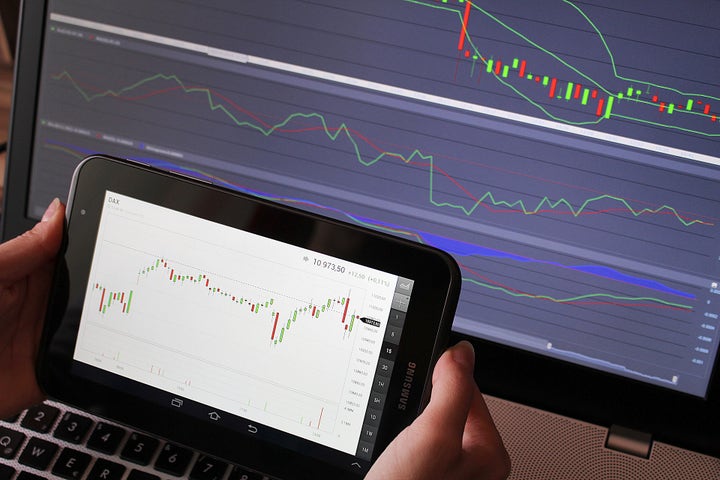Market Whales and Their Recent Bets on PBR Options Benzinga, Petrobras Brasileiro by https://www.benzinga.com/

AI Insights:
Simple Explanation:
A big group of people who have a lot of money are betting that a company called Petrobras will not do well. They are using something called options to show this. Options are like bets on how much a stock will change in price. Read from source...
Critical Perspective:
- The title of the article is misleading and sensationalist. It implies that there are only a few "market whales" who have made large bets on PBR options, while in reality, it could be any number of institutional or retail investors with significant capital. The term "whale" is also ambiguous and subjective, as different people may have different criteria for defining what constitutes a large or influential trader. A more accurate and neutral title would be something like "Recent Bets on PBR Options by Various Investors".
- The article does not provide any evidence or data to support its claim that the whales are bearish on PBR. It relies solely on options history, which is a lagging indicator and may not reflect the current market sentiment or expectations of the whales. Moreover, the article does not specify what kind of options (calls, puts, straddles, etc.) were traded, how many contracts were involved, at what strike prices and expiration dates, and for what purpose (hedge, speculation, arbitrage, etc.). Without this information, it is impossible to draw any meaningful conclusions about the whales' intentions or strategies.
- The article makes several unsupported assumptions and generalizations based on the options history. For example, it states that "if we consider the specifics of each trade, it is accurate to say that 0% of the investors were bullish on PBR". This is a false dichotomy, as there could be other factors or indicators that influence the whales' decisions besides options, such as fundamentals, technicals, news, earnings, dividends, etc. The article also implies that the whales are acting in unison or collusion, when in fact they may have divergent views or motives for trading PBR options.
- The article uses emotional language and tone to manipulate the readers' perceptions and expectations of PBR. For example, it says that "whales with a lot of money to spend have taken a noticeably bearish stance on PBR", which suggests that they are betting against the company or the market, and that this is a bad sign for PBR's future performance or prospects. It also uses words like "bearish", "noticeable", "large", and "whales" to create a sense of fear, uncertainty, doubt, and awe among the readers. The article does not provide any balance or context to counteract these negative impressions, nor does it acknowledge any potential benefits or opportunities for PBR or its shareholders from the whales' activities.
Sentiment Analysis:
Bearish
Summary:
Whales with a lot of money to spend have taken a noticeably bearish stance on Petrobras Brasileiro. The article discusses the recent options trades made by market whales and how they indicate a bearish outlook on PBR. It provides details about the specific trades, such as strike price, expiration date, and number of contracts. Additionally, it mentions some possible reasons for the bearish sentiment, such as declining oil prices, political instability, and financial troubles. Overall, the article suggests that market whales are betting against PBR and expect its stock price to fall in the near future.
Investment Analysis:
We are not financial advisors. It's always essential for you to consult with a financial advisor and do your research before making any decisions about investments.
- Buy PBR puts with a strike price around $6.5 and an expiration date in mid-June. This will allow you to profit if the stock drops below $6.5 by the end of June, while limiting your losses if it rallies slightly before then. The expected return is about 20% for this trade, with a high risk of loss due to the bearish sentiment and volatile nature of the oil market.
- Sell PBR calls with a strike price around $8 and an expiration date in mid-June. This will allow you to benefit from any upside potential if the stock rallies above $8 by the end of June, while capping your losses if it falls below $6.5 or stays range-bound. The expected return is about 10% for this credit spread trade, with a moderate risk of loss if the stock moves outside the specified range.
- Consider adding some hedging strategies to your portfolio, such as buying some S&P 500 futures or ETFs, or shorting some oil ETFs or individual stocks in related sectors. This will help you reduce your exposure to the overall market and sector risks, and increase your diversification and downside protection. The expected return for these hedging trades is variable, depending on how the markets move, but the risk is also reduced by taking both long and short positions in different assets.